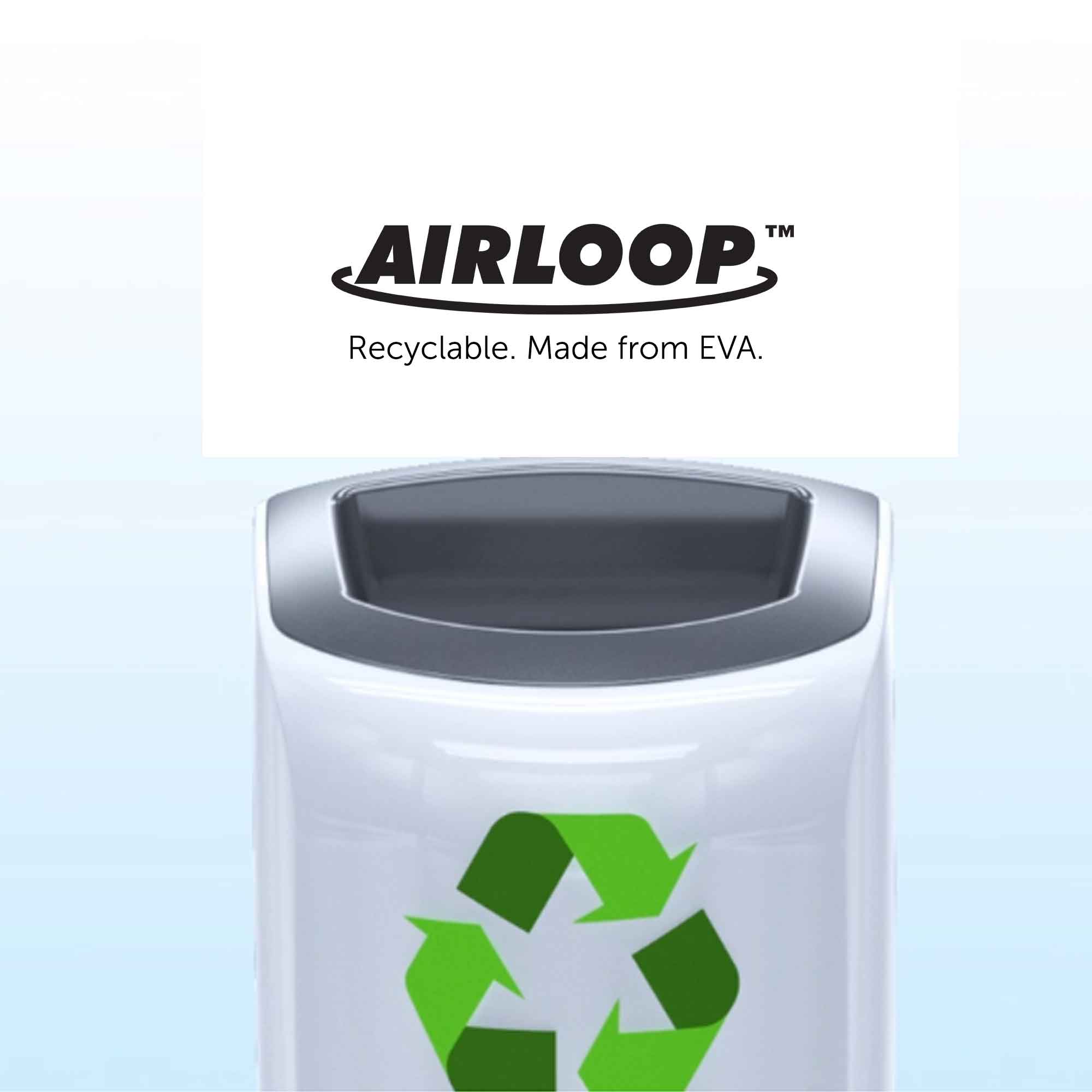Wishlist
Your chosen product(s) can be sent to us for further information, such as pricing. A copy will also be sent to yourself, too.
- No products added
Your chosen product(s) can be sent to us for further information, such as pricing. A copy will also be sent to yourself, too.
Required fields marked *

Sustainability is one of the biggest watch words in our company, and indeed, in our industry, as we are passionate believers in providing ethical, efficient and environmentally friendly products to our customers. Are you sustainable? Are your products sustainable? What is your policy towards being sustainable? All questions we happily answer.
Our products are designed with environmental and social responsibility foremost in mind, and our Aircare dispensers such as the VOC exempt V-Air® SOLID and the eagerly anticipated VIBE® aircare dispenser (using Piezo Technology) are part of our headlining range moving forward into 2015 in the most environmentally friendly and sustainable manner possible.
So why is sustainability so important? When we look closely at the harmful nature of CFCs, propellants and non-biodegradable materials traditionally used in the Aircare industry, we can clearly see how important it is for us at Vectair to raise the bar and set our standards higher.
This term when used in relation to the Aircare industry is the chemical substance used inside a dispenser that “propels” the fragrance into the atmosphere from inside the dispensing unit. Typical propellants that have been used in aerosol based dispensers include Di Methyl Ether, soluble compressed gasses (Carbon Dioxide), non-soluble compressed gasses (Nitrogen and compressed air), CFCs and LPG (this is what is most commonly used in aerosols around the world).
CFCs, or by their proper name, Ozone Hole-Chloroflurocarbons, are organic compounds made of Chlorine, fluorine and carbon, that are produced as the volatile end-result of ethane, methane and propane. Once used commonly in a wide range of industries (not just Aircare), CFCs are currently being replaced by HCFCs (Hydrochloroflurocarbons). This is because CFCs have been proven to contribute to upper atmosphere ozone depletion, although HCFCs also have this effect, but to a much lesser degree. CFCs are no longer used in the Western world in consumer aerosols.
We ensure our aerosols are fully tested and are fully safe. We provide MSDS sheets and full certification for all our aerosols to comply with, and stay well within, European standards, VOC compliancy and California CARB requirements.
CFCs are part of a larger group of ODS (Ozone-depleting substances), including Halons (chemical compounds of alkanes with linked halogens), Methyl Bromide, Methyl Chloroform and Carbon tetrachloride.
VOCs are measured in pounds per gallon, and anything classed as ‘VOC exempt’ such as our award winning V-Air® SOLID multi-phasing air freshener, uses compounds that do not require any measuring of VOCs in operation – these compounds do not have to be registered on any VOC list.
Before the damage being caused to the Ozone layer became common knowledge, the use of dangerous chemicals in a wide range of industries including refrigeration, air conditioning and Aircare was normal. Armed with our modern day intel however, the introduction of less damaging substances and bans on the use of older, volatile materials have meant that scientists can monitor the Ozone layer for signs of repair. In 2014, it was confirmed by the UN that recovery is being seen and the hole above Antarctica has stopped growing.
Predictions for shrinkage within the next decade and full recovery by 2050 may seem hopeful, but with the increased exposure to the dangers of CFCs and harmful gases, these may not only be pipe dreams.
Air quality laws are currently in place to govern the emission of air pollutants into the atmosphere, designed (in part), to address ecological problems such as Ozone layer damage, acid rain and climate change. In addition, various countries have introduced Clean Air Acts (made law in 1993 in the UK); these look at standards of air quality from a wide range of sources to ensure minimal pollution is being released into the atmosphere, including industrial premises, chimneys, fireplaces, furnaces, measurements of grit, dust and fumes, smoke nuisances and smoke control areas.
Far above us and definitely out of sight, the Ozone layer (also known as O3) should not also be classed as out of mind. It acts a protective barrier between us and the harmful rays of the Sun, catching a lot of the UV light emitted from our burning ball before it can reach our atmosphere. If the holes in the Ozone layer are left to spread, this will impact both those living life on Earth and Earth’s natural processes, including global warming and climate change.
The effects on animals and humans would include increased sunburn, skin cancer, cataracts, plant damage and death of plankton populations living in the photic zone (sunlight zone) of oceans, due to increased UV exposure.
Let us help you choose the product that fits your needs.